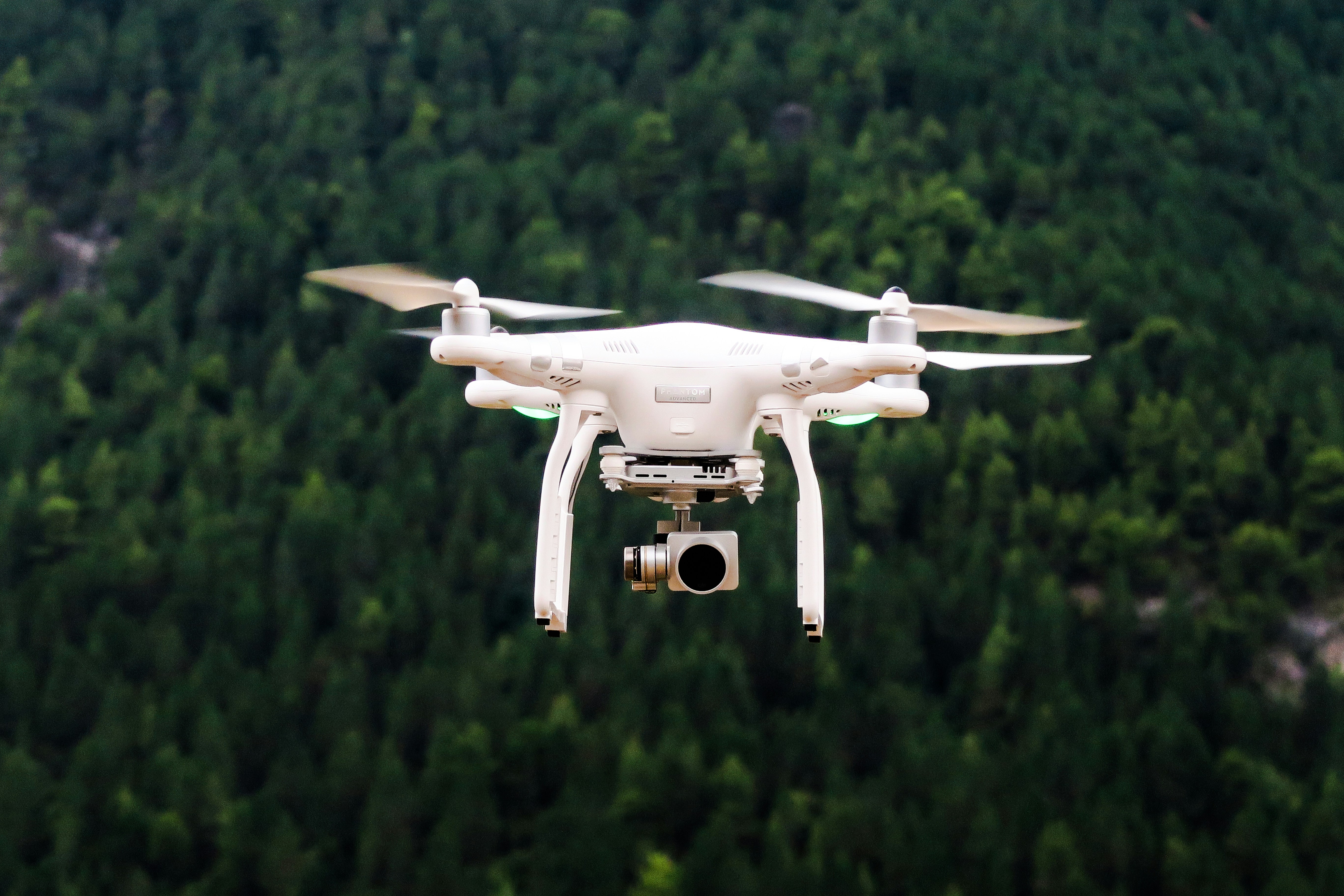The Revolution in Post-Hurricane Damage Assessment
In recent years, the use of drones, or unmanned aerial vehicles (UAVs), has gained significant traction in hurricane damage assessment. These high-tech gadgets have transformed the way we approach disaster recovery, providing a safer, faster, and more precise method of evaluating the impact of hurricanes. As Florida frequently faces the wrath of such natural disasters, adopting advanced technologies like drones is essential for effective recovery and rebuilding efforts.
The Advantages of Drone Technology
One of the primary advantages of drones in hurricane damage assessment is their ability to access hard-to-reach areas swiftly. After a hurricane, many regions become inaccessible due to flooding, fallen debris, or damaged infrastructure. Drones can easily navigate these obstacles, capturing high-resolution images and videos that provide a comprehensive overview of the affected areas.
Furthermore, drones reduce the risk of human injury by eliminating the need for personnel to enter potentially hazardous zones. This not only ensures the safety of emergency responders but also speeds up the assessment process. With drones, data collection becomes efficient, allowing for quicker decision-making regarding resource allocation and recovery operations.
Enhanced Data Collection and Analysis
Drones equipped with advanced sensors can gather a wealth of data, including thermal imaging, LiDAR scans, and real-time aerial footage. This data offers valuable insights into the extent of structural damage, flooding, and other critical elements. By integrating this information with Geographic Information System (GIS) platforms, disaster management teams can create detailed maps and models that assist in planning and executing recovery strategies.
Case Studies: Success in Action
Several instances highlight the effectiveness of drones in post-hurricane scenarios. For example, after Hurricane Michael in 2018, drones were deployed in Panama City, Florida, to assess the widespread devastation. The drones captured extensive imagery, which was used to prioritize areas needing immediate assistance and to expedite insurance claims processes.
Similarly, during Hurricane Harvey in 2017, drones provided real-time data to emergency teams in Texas, enabling them to respond swiftly to critical situations. This innovative approach not only improved response times but also facilitated collaboration among various agencies involved in the recovery process.
Future Prospects and Challenges
As drone technology continues to advance, its role in disaster assessment is expected to grow significantly. Innovations such as AI-powered drones, capable of autonomous navigation and analysis, promise to further enhance the efficiency and accuracy of data collection.
However, the widespread adoption of drones also faces challenges. Regulatory hurdles, privacy concerns, and the need for skilled operators remain barriers that must be addressed. It is crucial for policymakers to develop comprehensive guidelines that ensure the responsible and ethical use of drone technology in disaster management.
Embracing Technological Innovations
At HelpNow, we recognize the pivotal role technology plays in disaster preparedness and response. Our blog offers a wealth of information on current advancements and strategies for effective emergency management. We believe that embracing cutting-edge solutions, such as drone technology, is key to building resilient communities capable of withstanding the impact of hurricanes.
To explore more about how we contribute to disaster preparedness, visit our website or check out our about page for further insights into our initiatives.
Conclusion
In conclusion, drones have proven to be an invaluable asset in hurricane damage assessment, offering numerous benefits that streamline recovery efforts. By providing safe, rapid, and accurate data collection, these technological marvels are revolutionizing the way we approach disaster management. As we continue to face the challenges posed by increasingly severe hurricanes, leveraging innovative tools like drones will be essential in safeguarding lives and rebuilding communities more effectively. For more information on hurricane preparedness and disaster recovery, explore resources available from the Federal Emergency Management Agency (FEMA).

